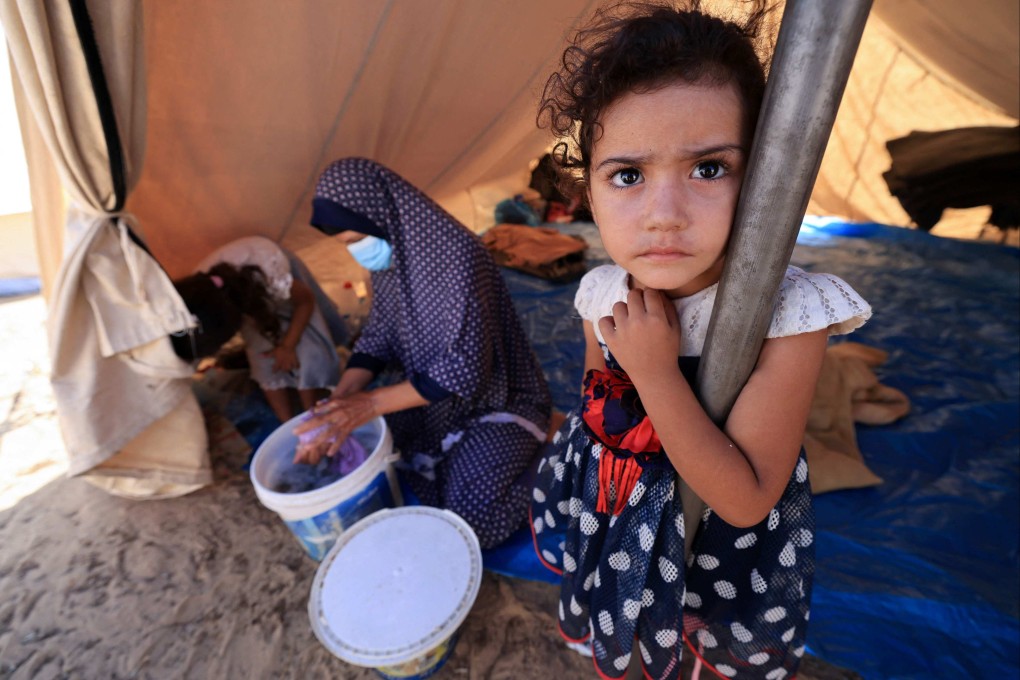Outside In | Israel-Gaza war is just one example of how conflict is the biggest driver of world hunger
- While climate change and pandemics helped cause a nearly US$4 trillion loss in crops and livestock over the past 30 years, wars played the most pernicious role
- Almost all of the world’s worst food crises are the products of or worsened by war – from Afghanistan, Myanmar, Sudan and Somalia, to Syria, Yemen and now, Gaza

In 1798, Thomas Malthus published An Essay on the Principle of Population, warning that unchecked population growth put unsustainable pressure on food supplies, and that poverty, starvation and other miseries would follow. There were less than 1 billion people in the world then.
The UN’s Food and Agriculture Organisation (FAO) recently delivered its report, “The Impact of Disasters on Agricultural and Food Security”, and some very Malthusian thoughts must have been front of mind: it calculates the world has lost US$3.8 trillion of crops and livestock over the past three decades – that’s US$123 billion a year.
The largest losses were in cereals (about 69 million tonnes a year), fruit and vegetables (40 million tonnes), sugar (40 million tonnes), and meat, dairy products and eggs (16 million tonnes). About half of these losses were incurred in Asia.

